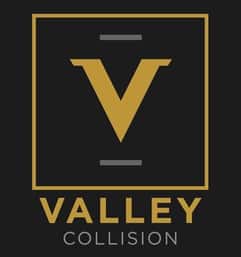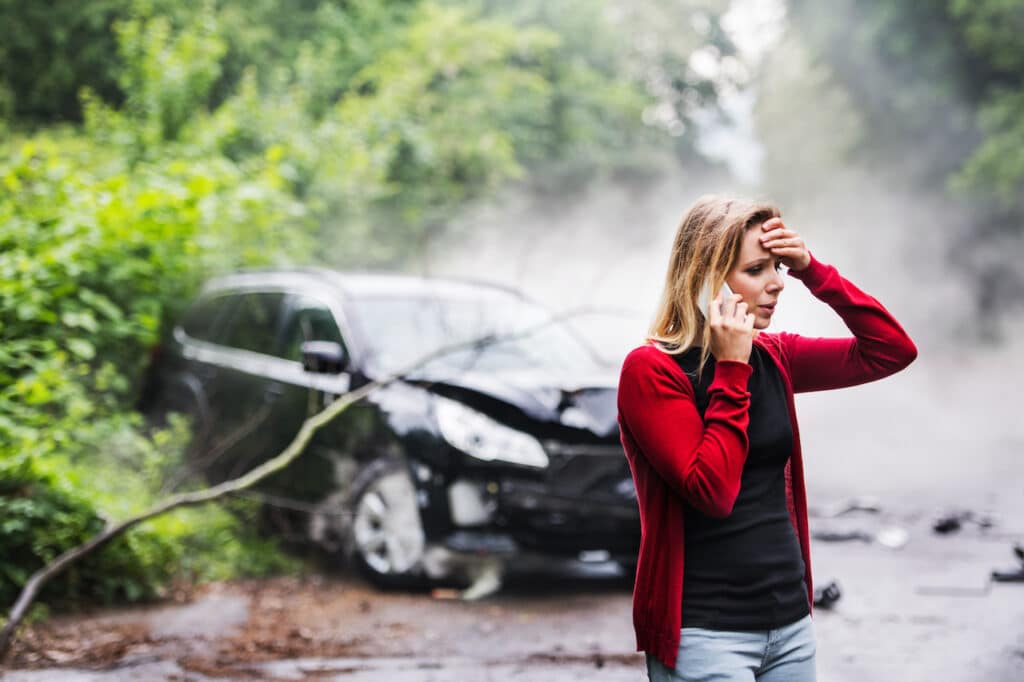Nothing’s more stressful or scary than getting into a head-on collision. Whether it’s a fender bender in a crowded parking lot or a more serious accident on the highway, the aftermath can leave your vehicle with visible front-end damage. This damage doesn’t just affect the car’s aesthetics but it can also impact your vehicle’s safety and performance.
In this guide, we’ll go through the steps you need to take to repair your front end after a collision.
Examining Your Vehicle After an Accident
After a collision, one of the first steps you should take is to examine your vehicle for damage. This will help you determine the extent of the repairs needed.
1. Assessing Front-End Damage
Front-end collision damage can affect numerous areas of your vehicle. This includes:
- The bumper
- The hood
- Headlights and taillights
- Fenders
- Radiator and cooling system
- Engine components
- Frame damage
While cosmetic damage like scratched paint or a broken grille is obvious, internal damage is more critical. Check for leaks, which may indicate radiator or engine damage, and listen for unusual noises when starting the car. Misalignment or difficulty steering suggests frame damage so it is essential to get your car assessed.
2. Ensuring Vehicle Stability
Ensuring the stability of your vehicle after a collision is crucial for safety. Never ignore minor issues like a small oil leak or a flickering warning light. These could be signs of serious underlying damage that may lead to hazardous driving conditions if not addressed immediately. Prioritize your safety over cost or convenience when deciding on repairs—your life is worth more than any repair bill.
Step-by-Step Repair Process
Once you have assessed the damage, it’s time to get your car repaired. Here are some steps that your collision repair shop will follow:
1. Front-End Frame Repair
If your vehicle has sustained frame damage, it is essential to have it repaired by a professional. Attempting DIY frame repair can lead to further damage and compromise the integrity of your car’s structure. A certified technician will use specialized tools and equipment to realign the frame and restore it to its original state.
2. Aligning Suspension and Wheels
If you notice any vibrations or difficulty steering after an accident, have a professional inspect your car’s suspension and realign the wheels if necessary.
3. Bumper Replacement
The bumper is often the first area of impact in a front-end collision. A new bumper may require painting and blending to match the rest of the vehicle’s color. It is essential to have this done by a professional to ensure a seamless repair.
4. Replacing vs. Repairing Front-End Parts
When it comes to repairing or replacing front-end parts, the decision depends on the extent of the damage and cost. Some components, like headlights and taillights, can be repaired by replacing individual bulbs or lens covers.
However, if there is extensive structural damage to these parts, they may need replacement. It is best to consult with a professional technician for advice on the most cost-effective and safe option.
5. Dealing with Airbag Systems
Front-end collisions often trigger airbag deployment, which will need to be addressed during the repair process. A certified technician should handle any repairs or replacements involving the airbag system.
6. Restoring Vehicle Aesthetics
After all necessary repairs have been completed, it’s time to restore the appearance of your vehicle. This may include repainting, replacing exterior panels or parts, and detailing the interior.
Insurance and Claims Process
One of the first things you should do after getting into an accident is to file an auto claim with your car insurance. These claims can cover the cost of repairs, depending on your policy’s specifics. Once you have a claim open, your vehicle will be inspected by a claims adjuster, and you can negotiate any repair costs needed.
Preventing Future Front-End Damage
Preventing future front-end damage involves careful driving and regular car maintenance. Avoid distractions while driving and maintain a safe distance from the car in front. Regular inspections of brakes, tires, and other critical components of your vehicle also play a crucial role in accident prevention.
Choosing a Repair Shop
Choosing the right repair shop for your vehicle’s collision damage is a crucial step toward restoring it to its original condition. Here are some factors to consider when selecting a repair shop:
- Experience and Expertise: Look for a shop with professional knowledge in repairing front-end collision damage, particularly for your vehicle’s make and model. Experienced technicians should be aware of common issues and know how to address them.
- Certification: Ensure the shop is certified by recognized automotive organizations. Certified shops adhere to specific standards of repair quality and technician training, ensuring your vehicle is in capable hands.
- Reviews and Recommendations: Check online reviews and ask for recommendations from friends, family, or insurance companies. Positive feedback from others can be a reliable indicator of a repair shop’s reputation.
Remember that quality repair work is an investment in your vehicle’s value and your safety on the road, so choose wisely.
Valley Collision Guarantees Unparallelled Car Repairs
At Valley Collision, we understand the stress and uncertainty that come with front-end damage. That’s why our team of I-CAR Gold Class Standard certified technicians is dedicated to delivering high-quality repairs and exceptional customer service. Our state-of-the-art facility is equipped with computerized paint-matching to ensure your vehicle receives top-notch repairs.
Get a free estimate today!

